During the “troubles”, downtown Belfast was enclosed by a steel wall and vacated at the end of the business day. It became known as “Dead Centre”, which appropriately, is the name of the tour company which guided us around today. As a child, I saw the “troubles” through a television set and some pictures in Life magazine.

Here in Belfast today, I saw through the lens of testimonial, time, and place.
Paul, our guide, is a teacher now with a degree in political science but lived through the troubles as a child.
When he was four a store a few doors from his home was bombed and his parents found him upstairs sound asleep amid broken glass. Some of his earliest memories are of his family carting out their possessions to move to a place of safety. Paul also does mediation work between Republicans (predominately Catholic) and Unionists/Loyalists (predominately Protestant). His perspective both personal and intellectual brings clarity to the disturbing history of this city.
We started at City Hall (note; Births, Deaths, Marriages and Civil Partnerships).
Here Queen Vickie, holding the orb, stands in authority (perhaps the root of the problem).
In just a short walk we were in the middle of dead centre. The steel wall was a ring of fencing around the city centre, you had to be searched to enter. It did not come down until 1995. Here you can see what it was like to go to work each day.
Even now the streets are deserted at night and shops closed on Sunday leaving a ghost town feel amid the clash of architecture past and present.
Across the street from this shot was one of the first bombings in the entrance of a night club. The bomb was set by a paramilitary squad who pulled up, held the bouncers at gun point, set down the bomb and then told them they had ten minutes before it exploded.
In 1972, the Abercorn Restaurant was bombed, killing 2 and injuring over 130. The IRA was blamed but no one was ever charged.
The scene then.

And now.
This is the sight of Mooneys Bar where three Scottish soldiers (two of them brothers aged 17 and 18) were lured out of the bar and into the hands of IRA paramilitary then shot at a remote location.
The response from the Protestants was to start the Tartan Gangs and the Shankill Butchers who would kidnap, torture and murder random Catholics. The point being, if you couldn’t kill an IRA soldier, you killed a civilian.
July 21, 1972, is remembered as Bloody Friday when 20 car bombs went off all around Belfast in less than 80 minutes terrorizing the entire city.
This building in 1972.
And today.
During the course of the Northern Ireland Troubles there were 16,209 bombings and attempted bombings. Most in Belfast, a compact city of 300,000 individuals spread over just 42 square miles. Compare with Chicago at 1,318 square miles and you can understand the concentration of terror involved in living each day.
Signs of hope appear randomly throughout the city. Charming cobbled streets, flowers, and a street mural project that reinterprets the violent murals of the past. And what is more hopeful than a smiling Cavalier?
As Paul said, “A city that has one eye on the past is wise, a city that has both eyes on the past is blind.”
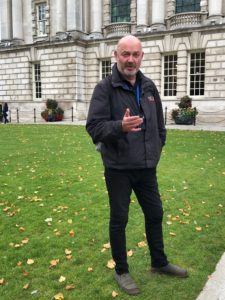
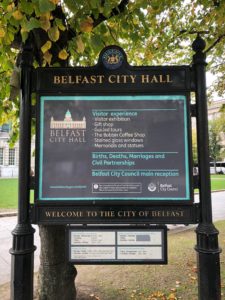
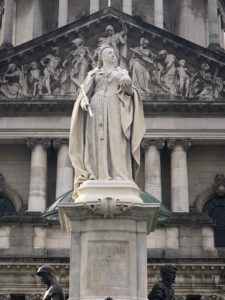
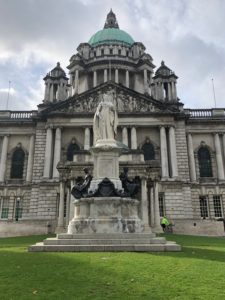
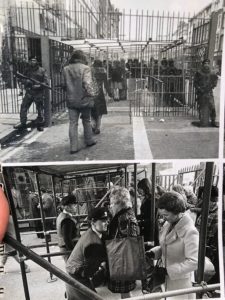
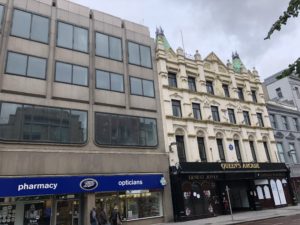
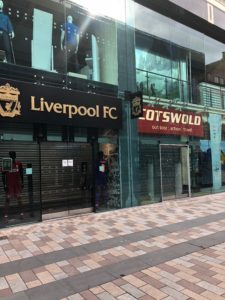
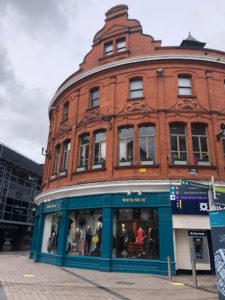
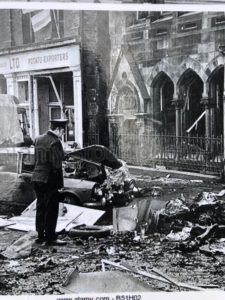
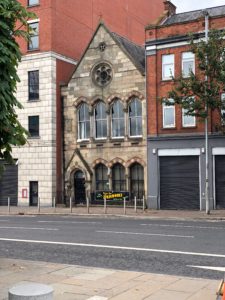
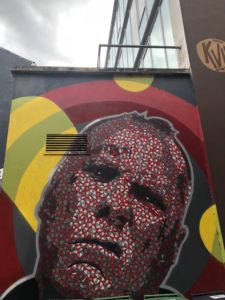
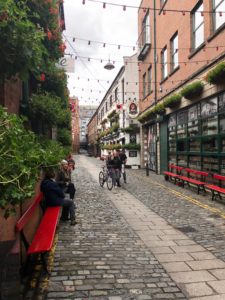
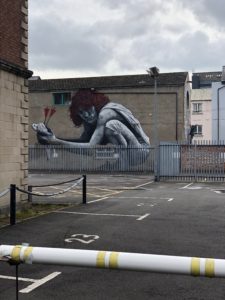
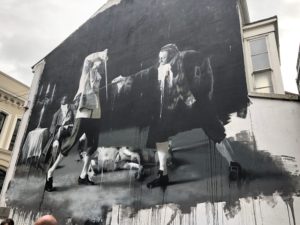
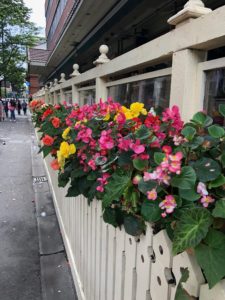
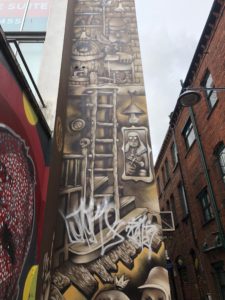

Grim, but edifying.
Horrifying, yet beautiful!!